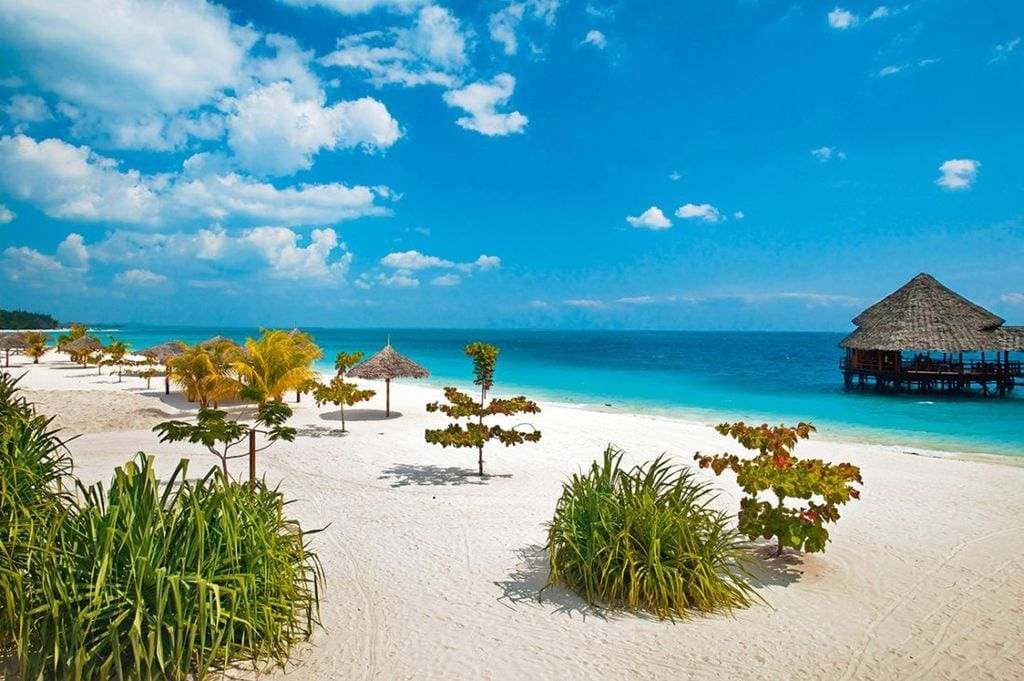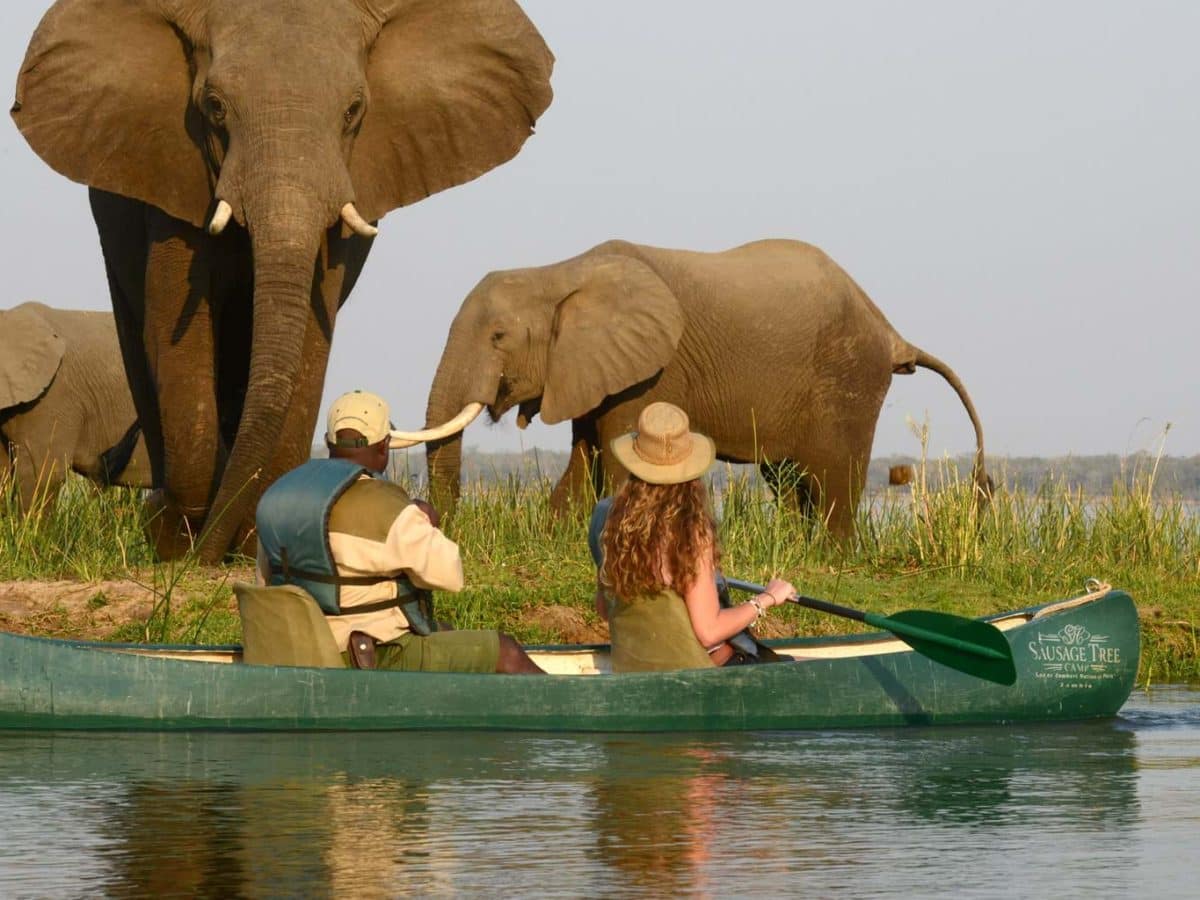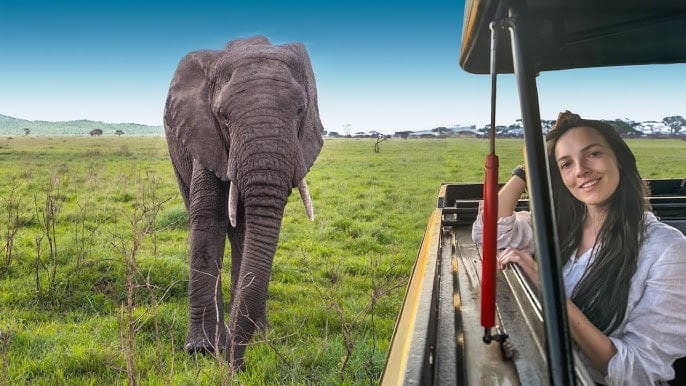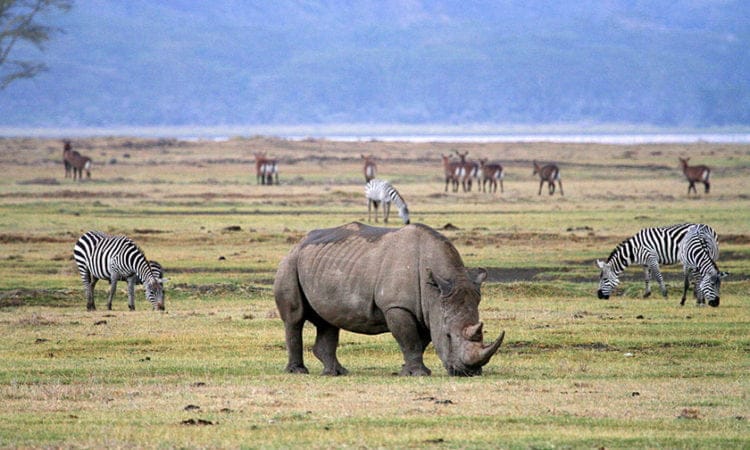Discover Mount Kilimanjaro: Africa’s Iconic Peak
Mount Kilimanjaro, Africa’s highest peak at 5,895 meters (19,341 feet), is a majestic dormant volcano located in northeastern Tanzania. It comprises three volcanic cones: Kibo, Mawenzi, and Shira, offering adventurers a challenging yet rewarding trekking experience amidst stunning landscapes and rich biodiversity.
Geography and Location
Mount Kilimanjaro is situated within Kilimanjaro National Park and the Kilimanjaro Conservation Area. Its strategic location near the equator creates unique climate zones, from lush rainforests at lower altitudes to barren alpine deserts near the summit.
Climbing Routes
Explore a variety of routes catering to different preferences and skill levels:
Marangu Route: Known as the “Coca-Cola” route due to hut accommodations. It features gradual slopes but is shorter in duration.
Machame Route: Offers spectacular views through diverse landscapes, including lush rainforests and alpine deserts. It’s ideal for those seeking a scenic and challenging trek.
Lemosho Route: Approached from the west, this route provides panoramic views and ample acclimatization time, merging with the Machame route for a comprehensive experience.
Rongai Route: Accessed from the north, it offers solitude and varying terrain, with a more gradual ascent option.
Umbwe Route: Known for its steep ascent and limited acclimatization time, making it the most challenging route suitable for experienced climbers.
Northern Circuit Route: Circumnavigates Kilimanjaro’s northern slopes, offering the longest and most comprehensive trek with excellent acclimatization opportunities.
Ecological Diversity
Experience Kilimanjaro’s diverse ecosystems, ranging from dense rainforests teeming with wildlife to sparse alpine deserts. This biodiversity is a testament to Kilimanjaro’s status as a UNESCO World Heritage site.
Key Tips for Climbing Mount Kilimanjaro
Prepare for a successful climb with these essential tips:
Best Time to Climb: Optimal seasons are January to March and June to October, avoiding the rainy seasons for better visibility and safety.
Altitude Considerations: Plan for gradual ascents with rest days to acclimatize and prevent altitude sickness. Listen to your body and heed guides’ advice.
Physical Preparation: Train with cardiovascular exercises and strength training to build endurance for long hikes at high altitudes.
Gear and Equipment: Pack essentials such as layered clothing for temperature changes, sturdy waterproof boots, a warm sleeping bag suitable for sub-zero temperatures, and trekking poles for stability.
Guided Tours: Enhance safety and cultural understanding by hiring experienced guides. They provide navigation assistance, local insights, and emergency support.
Explore Further
For more detailed information on climbing tips, trekking routes, weather conditions, and tour options for Mount Kilimanjaro, delve deeper into our resources or contact us for personalized guidance.
Group Tour
20% Off
Gather your group and take advantage of this limited-time offer to experience the majestic beauty of Africa's highest peak together.
Book A Trip









